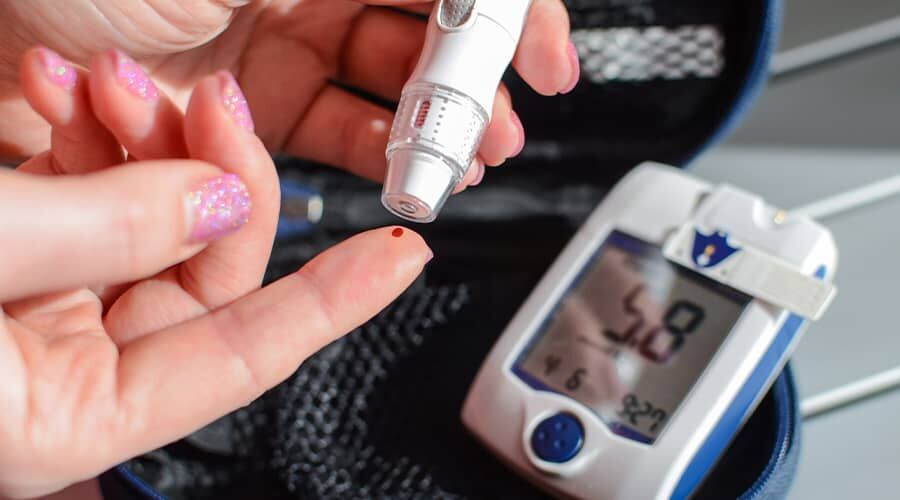
Diabetes, also known as diabetes mellitus, is a chronic metabolic disorder that occurs when the body cannot use and store glucose (sugar) properly.
The lack of or reduced effectiveness of a hormone called insulin causes blood glucose levels to rise, which can lead to a number of long-term health problems.
Below are the two most common types of diabetes:
- Type 1 diabetes (insulin-deficiency diabetes) This type was previously called insulin-dependent diabetes, because people had to give themselves insulin injections throughout their lives. Type 1 diabetes is caused by damage or death of insulin-producing cells in the immune system. As a result, patients suffer from insulin deficiency and their blood sugar levels usually rise rapidly. Type 1 diabetes usually develops in childhood or young adulthood and may also be genetically predisposed.
- Type 2 diabetes (insulin-resistant diabetes) Type 2 diabetes is the most common type of diabetes and was previously known as insulin-dependent diabetes. In type 2 diabetes, the body does not use insulin efficiently or does not produce enough insulin. Insulin resistance is usually caused by obesity, physical inactivity, age, hereditary predisposition or low levels of inflammation. The onset of type 2 diabetes is usually slower and often occurs at an older age.
- There are also other types of diabetes, such as gestational diabetes, monogenic diabetes and LADA (latent autoimmune diabetes in adults), but these are less common and have different causes.
Blood glucose (sugar) control is critical to managing diabetes and maintaining a healthy lifestyle.
The body uses a hormone called insulin to regulate blood glucose levels. Insulin’s role is to allow cells to take up glucose from the bloodstream and use it to meet the body’s energy needs. If insulin production or efficiency is reduced, glucose remains in the bloodstream and results in high blood sugar levels.
Blood glucose levels can be monitored by regular checks.
This includes home blood glucose measurements as well as medical tests. Home blood glucose monitoring is usually done from the fingertip using a blood glucose meter to measure glucose levels. Medical tests usually involve measuring blood glucose levels using laboratory tests taken from blood.
It is also possible to control blood glucose levels through lifestyle changes.
A healthy diet, exercise and maintaining a healthy weight can all help to normalise blood glucose levels. The basic principles of a healthy diet include eating regular meals, limiting carbohydrates and fats, eating foods rich in fibre and reducing sugar and sweetener use.
Taking insulin or other blood glucose lowering medicines can also help control blood glucose levels.
Insulin may be given as an injection or taken in the form of other medicines that help to increase the effectiveness of insulin or improve the body’s use of glucose.
However, controlling blood glucose levels is not always a simple process and can vary from person to person. Regular medical monitoring and personalised therapy are therefore important.


